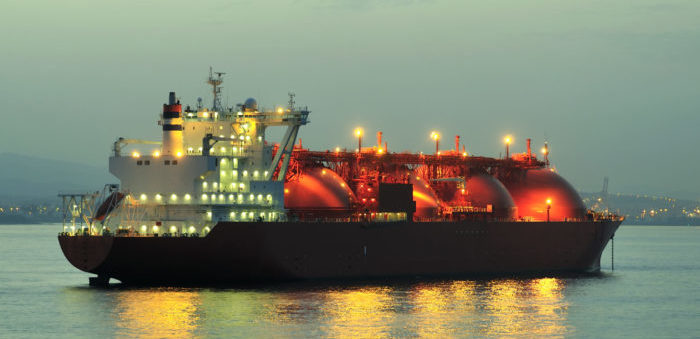Low prices, plenty of supply and a change towards cleaner gas for energy generation will drive strong demand for LNG, not just from large buyers, but also from small importers, Drewry informed.
Shefali Shokeen, Senior Research Analyst, Drewry Maritime Research, notes that small-scale LNG projects have decreased capex and are suitable for countries with low LNG consumption, such as Gibraltar.
[smlsubform prepend=”GET THE SAFETY4SEA IN YOUR INBOX!” showname=false emailtxt=”” emailholder=”Enter your email address” showsubmit=true submittxt=”Submit” jsthanks=false thankyou=”Thank you for subscribing to our mailing list”]
Moreover, it is becoming more difficult to secure investment for mega LNG export projects by fixing cargoes on long term contracts. Because of the rising number of LNG suppliers, importers are choosing shorter term volume contracts. As a result, small scale LNG projects are becoming more attractive, as they are cheaper to build.
Currently, the number of small LNG export projects is limited, but new facilities are coming up. Ms. Shokeen provides the example of the small-LNG export project in Florida with three trains of 0.33 MTPA capacity, which has already been approved by the FERC.
What is more, countries such as Indonesia, Philippines and China, along with some European countries, are experiencing growth in the number of small-scale LNG projects, which will increase demand for small LNG vessels.
As for the export side, LNG exporters will diversify as countries with moderate gas reserves develop opportunities to export LNG. In the short term, African countries will, creating demand for appropriate shipping capacity.
The current fleet of small LNG ships has 27 LNG carriers and 17 LNG/LPG carriers, along with some LNG bunkering units. However, the majority of the LNG and LNG/LPG ships are conducting petchem gas trades and they are not expected to service new small scale LNG export projects.































































